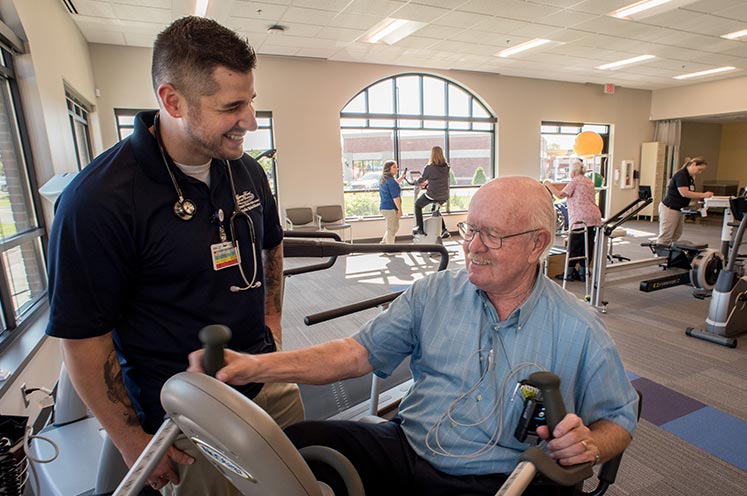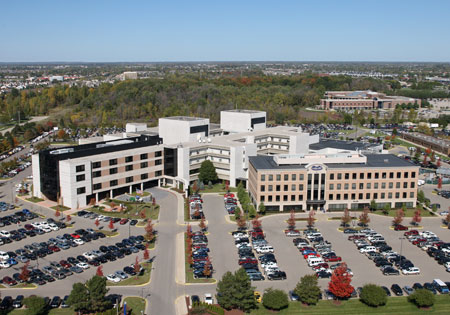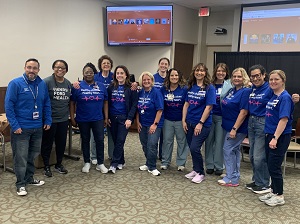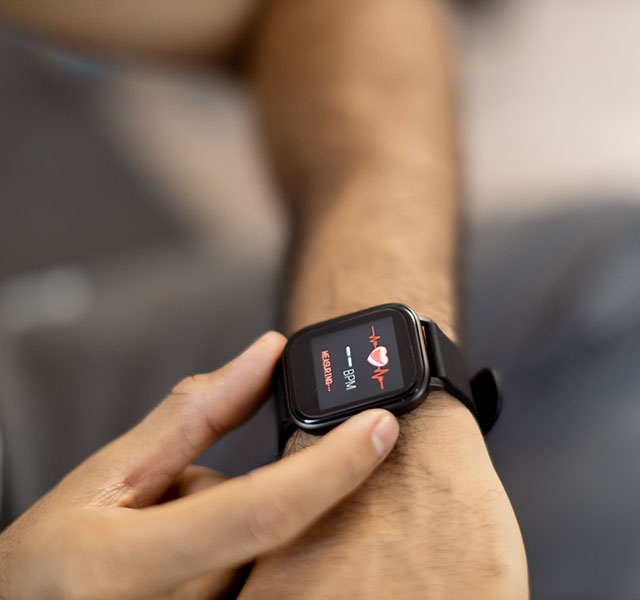"The Confidence Course"
You’ve just been discharged from the hospital after a serious issue with your heart, and you’re a little apprehensive about what happens next.
Henry Ford’s Cardiac Rehabilitation program, also known as “The Confidence Course,” is designed for patients like you who were recently discharged from the hospital following a heart attack, coronary angioplasty or heart surgery, or with a condition like stable angina and heart failure.
The primary goal for cardiac rehabilitation is to help you restore optimal physical, emotional, and economic wellbeing through education and exercise.
Physicians, clinical exercise physiologists, registered dietitians, registered nurses and behavioral health specialists work in cooperation with your doctor to provide structured education and individualized ECG (electrocardiograph) monitored exercise.
This program, designed for you, not only helps improve your heart and muscular function, but also reduces your risk of suffering another heart problem in the future. Patients recovering from heart problems typically attend three sessions per week for up to 12 weeks.
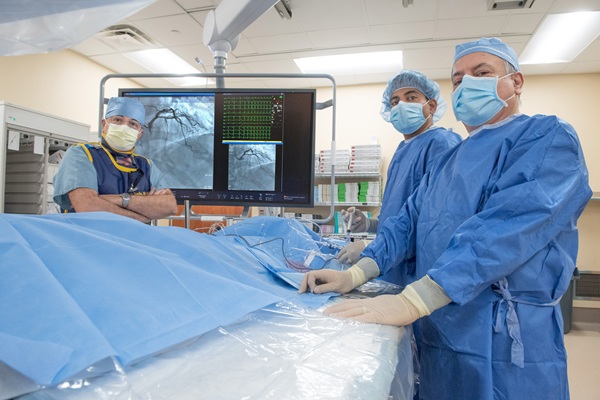
.svg?iar=0&hash=F6049510E33E4E6D8196C26CCC0A64A4)

/hfh-logo-main--white.svg?iar=0&hash=ED491CBFADFB7670FAE94559C98D7798)


